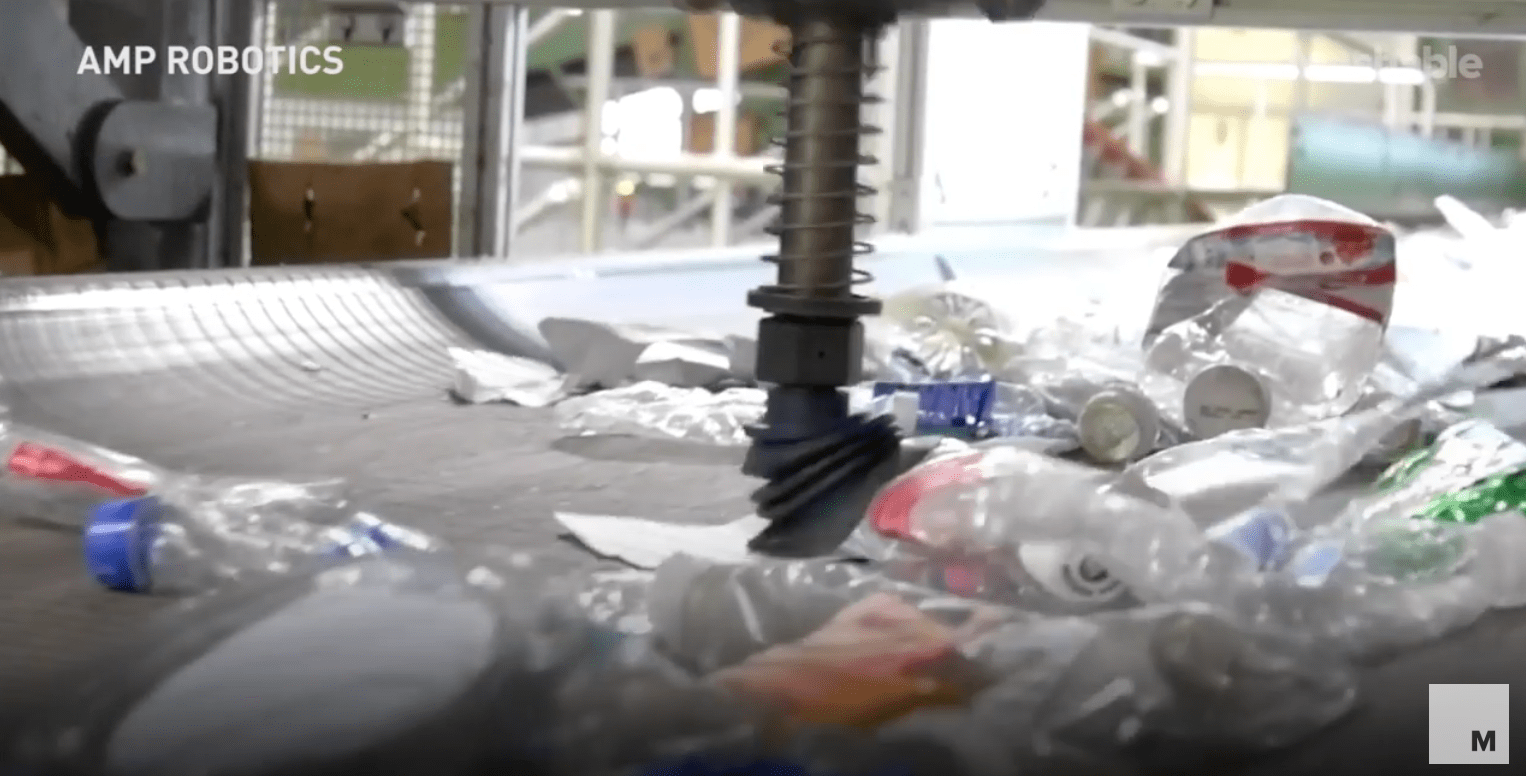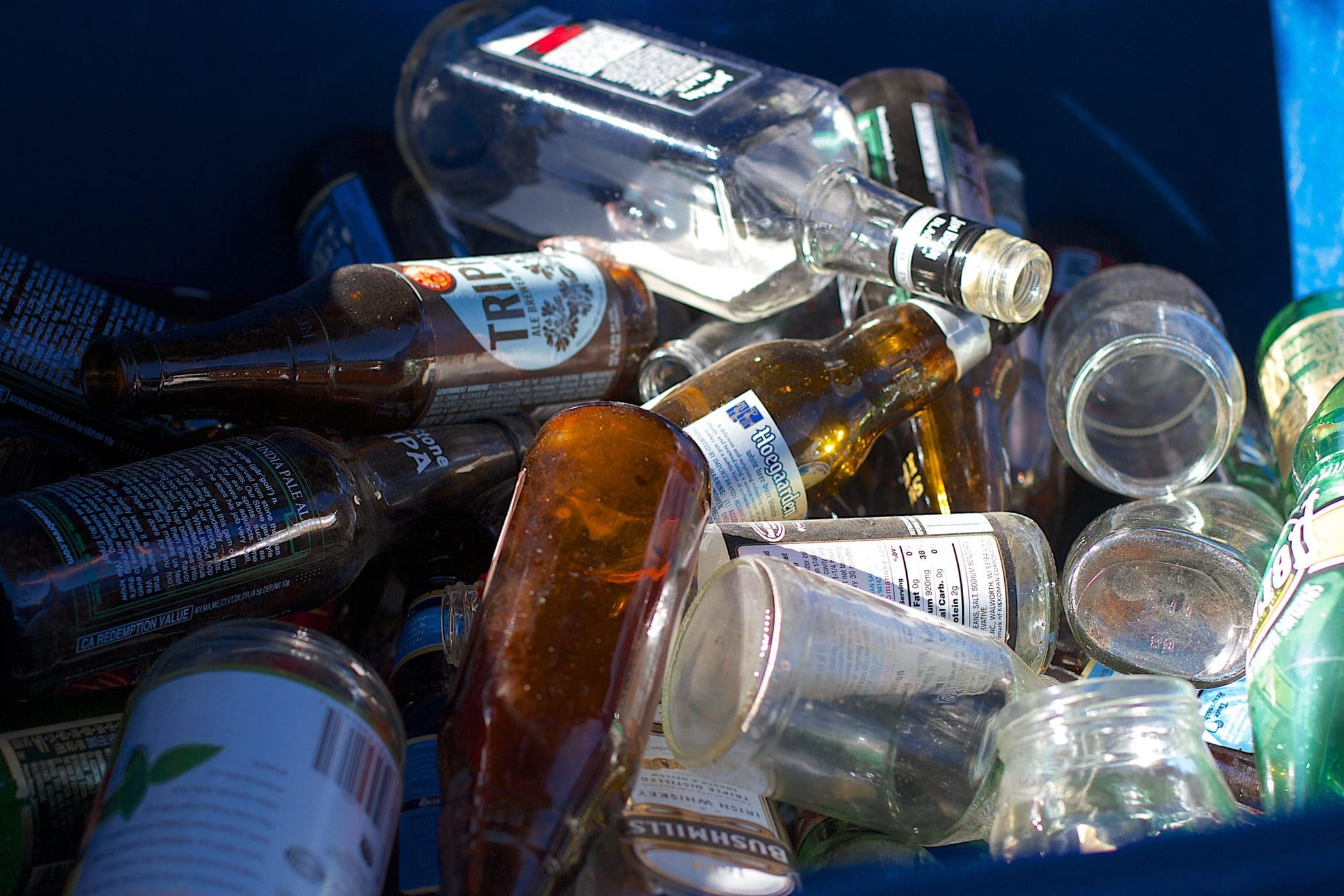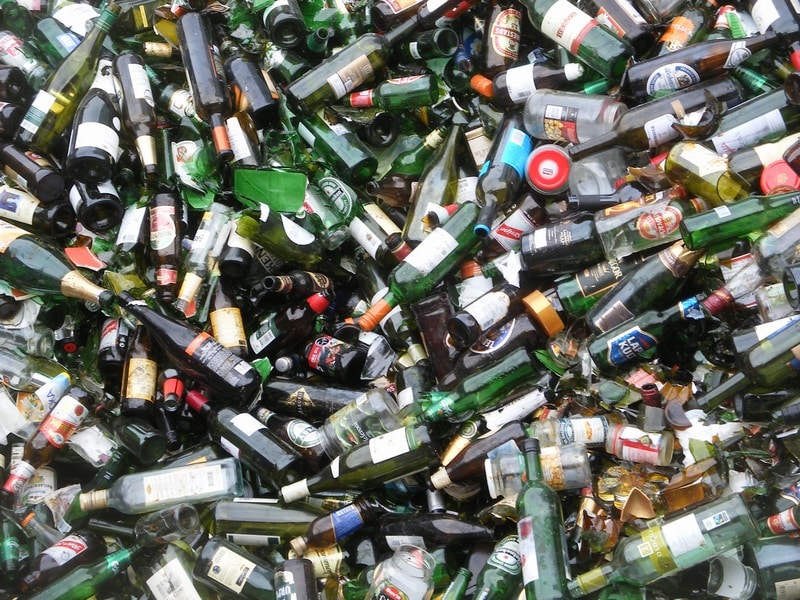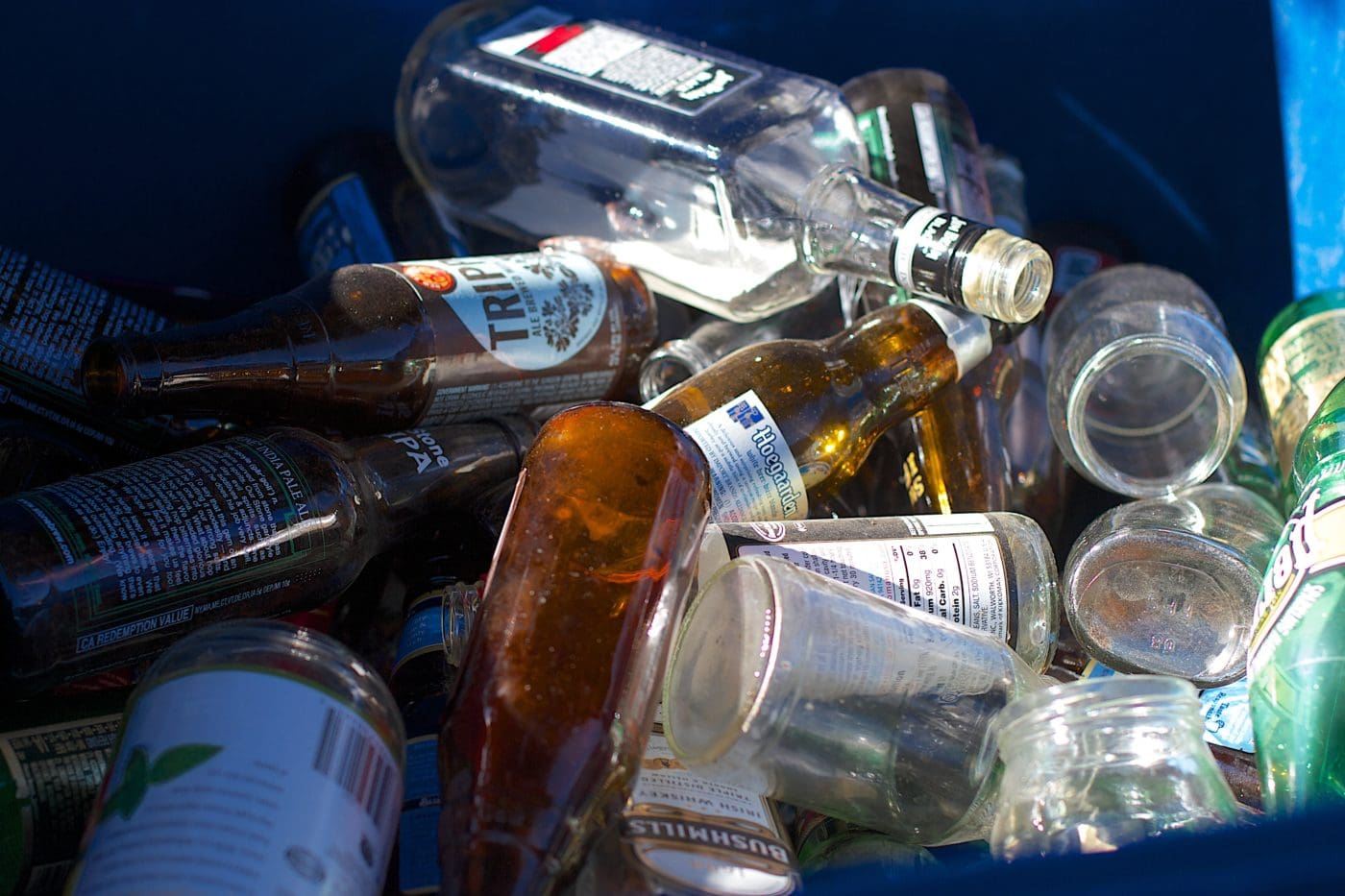Take a quick look around the space you’re in right now, and one material stands out among the rest: plastic. It’s even in the clothes you’re wearing, in garments containing synthetics like polyester and nylon. And it’s most definitely in your groceries — in all sorts of single-use plastic packaging your food, cleaning supplies, and toiletries come in.

With all that plastic comes loads of plastic waste; each year the world produces 400 millions tons of it. Despite almost three quarters of all American adults saying they try to use fewer non-reusable plastics, the problem still finds its way into landfills, streets, our bodies, and even in the deepest, darkest parts of the world’s oceans.
Combatting that level of waste starts with combatting the levels of consumption that have held steady for decades.
“When I was a kid, plastic was great. It was supposed to be great to use plastic because it was easier and faster and you didn’t have to wash it. It’s definitely a lot different than now,” Wendy Toman says. Since November 2022, Toman and her husband have been tackling the problem of waste on the retail side with their refill shop, Second Nature Refillery in New Paltz.
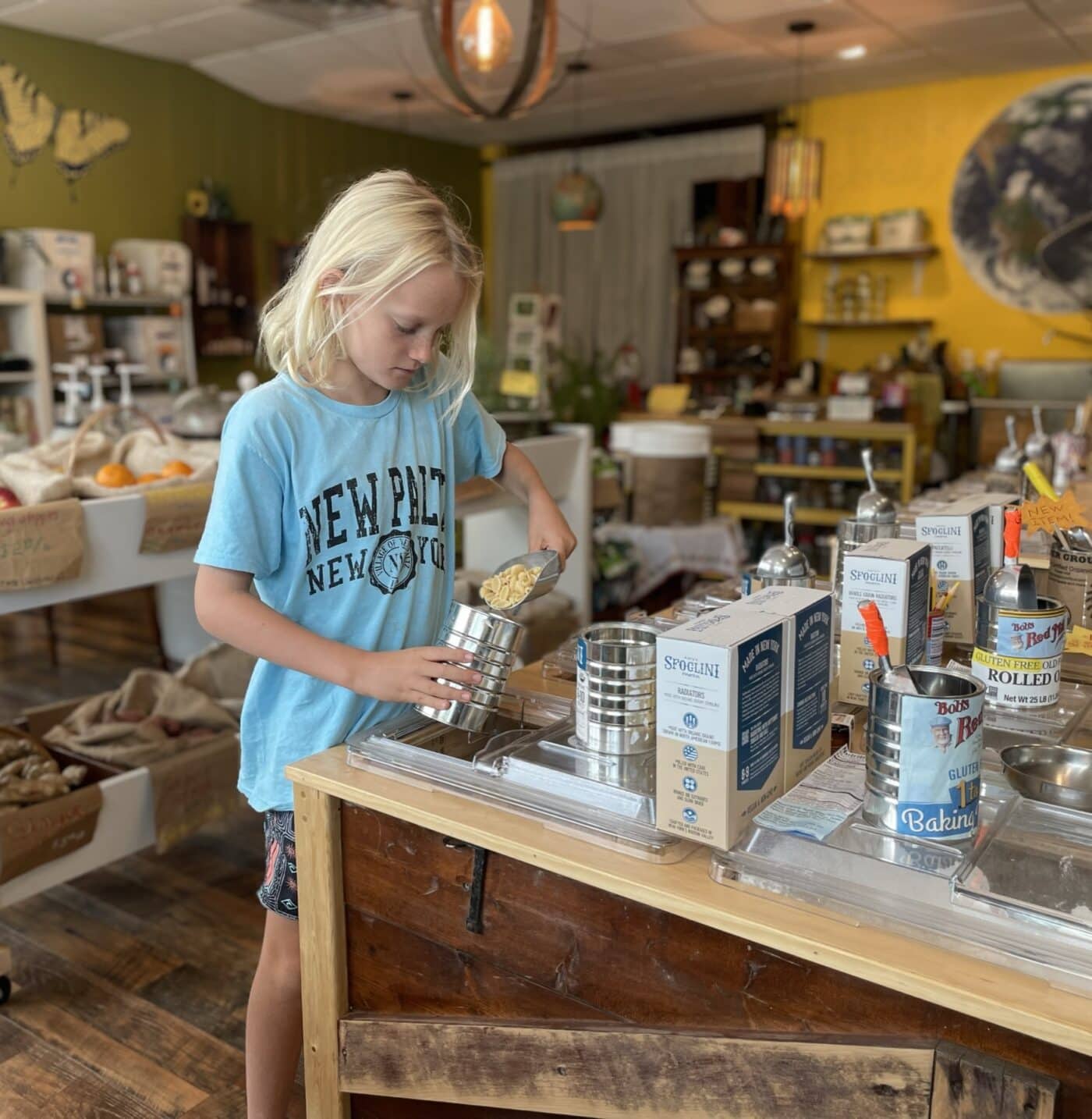
Unlike traditional grocery stores that sell goods in disposable, mostly plastic packaging, refill shops encourage customers to bring their own containers — old Tupperware, glass bottles, bags, and the like — so they can fill up, weigh, and buy household goods in bulk.
Second Nature Refillery is one of a growing number of refill shops in the Hudson Valley aimed at reducing waste on a local level by shifting shoppers away from buying products sold in single-use packaging. After spending several years reducing waste through local ventures like repair cafes, composting, cleanups, and community swaps, Toman was partly inspired to open up a refill shop in New Paltz after visiting one across the river in Red Hook.
By buying their goods in 25- to 55-pound bags, they drastically cut down on packaging waste compared to the average grocery store. “There’s almost always a Dumpster out back [in traditional stores], and they’re almost always filling it up every week, so we really don’t have any trash,” she says.
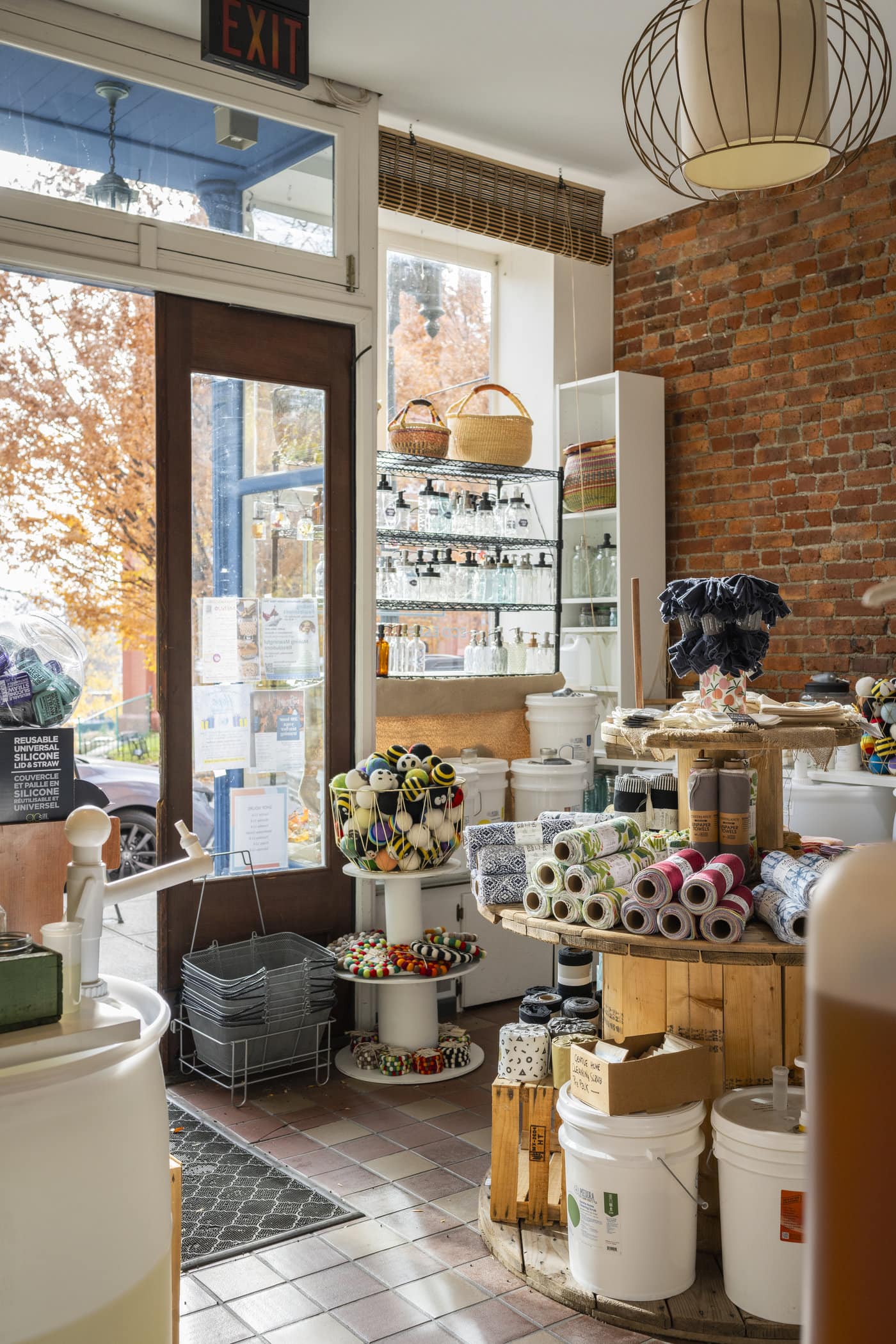
While the scales and rows of glass containers filled with beans, produce, soaps, and other goods might seem daunting, shopping gets easier once you build your way up. “You start small and maybe you just start refilling your dish soap, or getting your rice and beans in bulk or something like that. And then you soon realize that it’s a lot easier than it seems,” says Samantha Smith-Coleman, co-owner of Understory Market in Cold Spring.
Recycling and up-cycling are part and parcel of running any refill shop. Smith-Coleman and co-owner Lara Shihab-Eldin go to great lengths to compost, recycle, and reuse wherever they can. Something as simple as packing material could go to the local art teacher for use in student projects. When Smith-Coleman and Shihab-Eldin opened Understory in September 2021, they went in with the intention of making it accessible to both visitors and residents alike. “More and more people in our community I’m noticing are starting to come into our shop,” Smith-Coleman says. “We’re always thinking of different ways to reach different groups of people.”
The emergence of refill shops over the years might not be a new trend as much as it is a return to a time when goods and packaging weren’t seen as disposable as they are today, says Susan Freinkel, science journalist and author of Plastic: A Toxic Love Story.
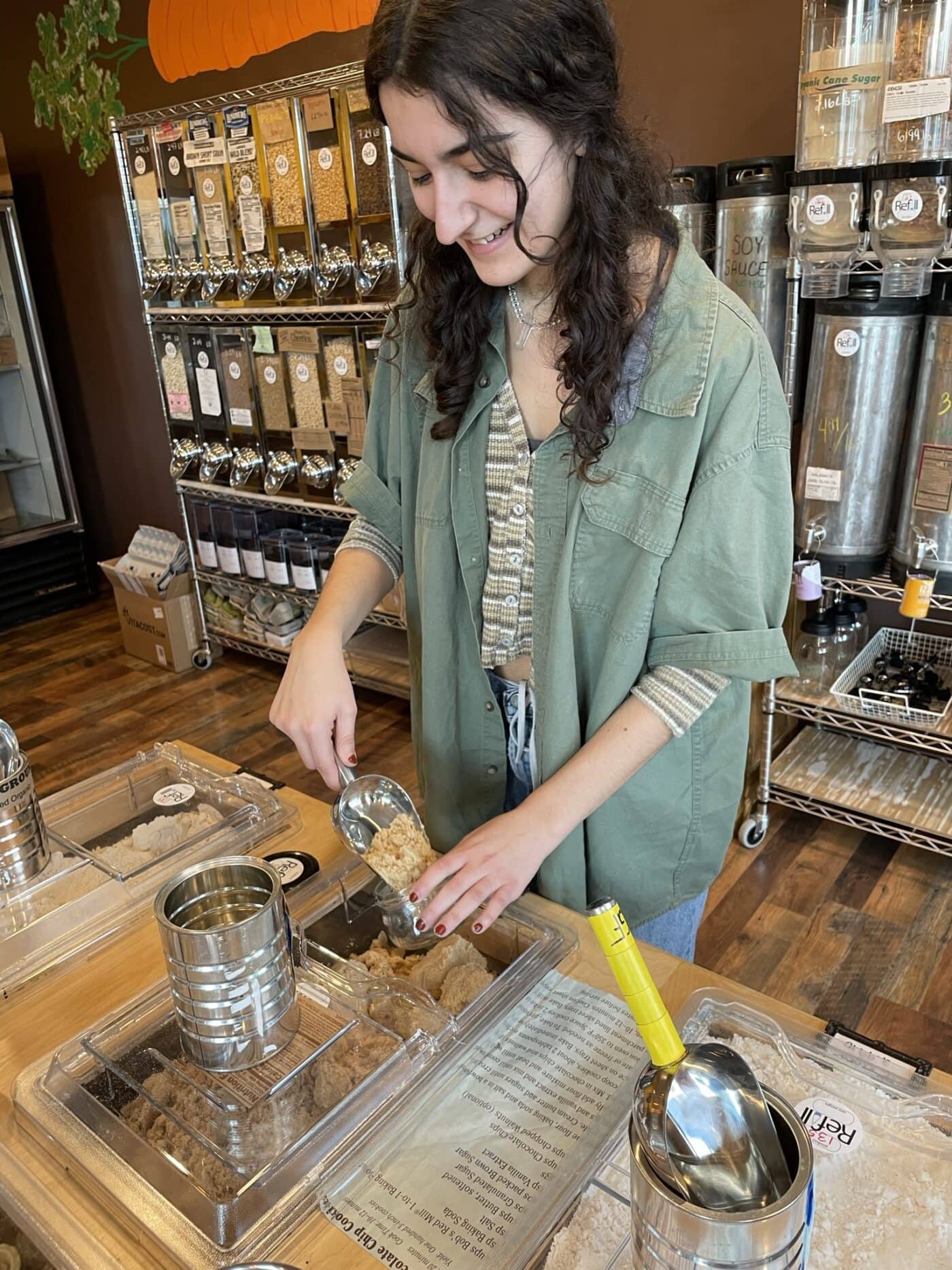
“When people looked at the trash from the early 20th century, there isn’t a lot of packaging trash because most stuff got reused,” Freinkel says. “People consumed less. They made more themselves. They reused more of the things that they used.”
The rise of self-service grocery stores in the latter half of the 20th century preferred packaging that was more enticing to consumers over anything reusable, she explains. Refill stores try to shake things up by focusing on reducing and reusing, rather than just recycling. “It’s the model of nature — the way in which things operate in nature,” says Freinkel.
While shop owners acknowledge they’re nowhere close to saving the world from plastic waste, the practices they preach could be beneficial if promoted on a large scale. A 2021 report from the World Economic Forum estimates that if just if just 10-20% of our current plastic packaging was cut out, the level of plastic waste entering the oceans each year could be sliced in half.
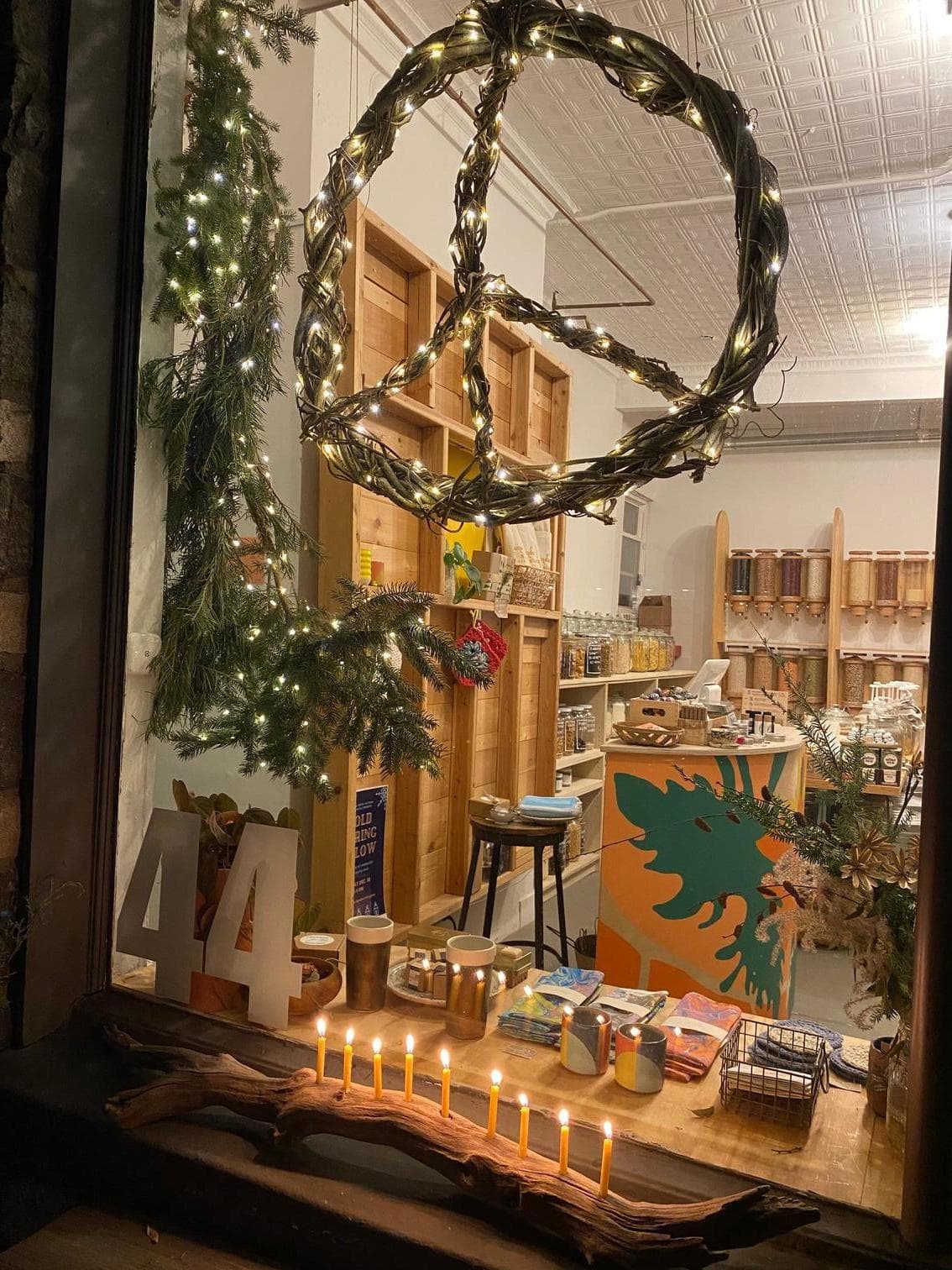
When it comes to best practices for anyone looking to shop at a refill store, old containers of all sizes can work for a wide variety of goods. “So you don’t have to have the right container. It doesn’t have to be glass,” Smith-Coleman says. “We have customers that bring the bags from a pharmacy where they get their medications and fill it up with nuts.” Glass bottles, jars, and containers do work great for certain foods and liquids when washed and dried properly, because they don’t hold onto odors the same way as plastic does.
Generally, it’s best to keep the bottles, bags, and containers you use for refilling food and produce separate from the ones you use for other products like soaps and such. Many shops like Understory or Second Nature have containers or bags for sale or have a collection donated for use.


